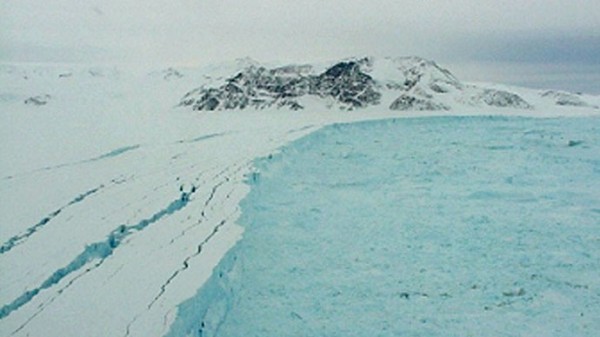A new research has revealed that one of the largest ice shelves in the Antarctica is melting beneath and above the sea.
Larsen Ice Shelf C has been puzzling scientists for years now following the collapse of neighboring Larsen A and B shelves in 1995 and 2002, respectively. Until today, scientists still could not conclude if ice shelves in the Antarctic Peninsula collapsed due to warmer ocean currents or warming air temperatures, Nature Wold News reported.
Published in the Cryosphere journal, the findings of the study explored climate change effects on the ice shelves as well as its impact on the accelerating rise of the sea levels.
With the use of both radar surveys and satellite data, the team studied the ice shelf of Larsen C in a span of 15 years, commencing the observations in 1998 and ending in 2012. During these years, they were able to establish that the shelves lost 13 feet of ice and had a lowered surface of about 3 feet from original figures.
Dr. Paul Holland, lead author from British Antarctic Survey, said, "What's exciting is we now know that two different phenomena are causing Larsen C to thin and become unstable. Air is being lost from the topmost layer of the snow, which is becoming more compacted through time- probably because of increased melting due to a warmer atmosphere."
"We know also that Larsen C is losing ice, probably from warmer ocean currents or changing ice flow," he added.
While the team of researchers continues to monitor the ice shelf closely, they are predicting that it can collapse completely in the next century or sooner.


